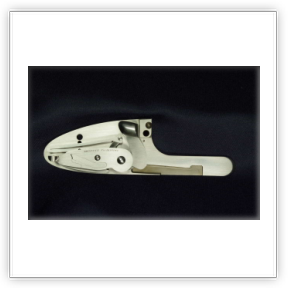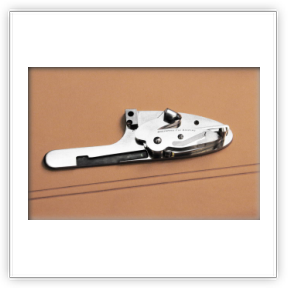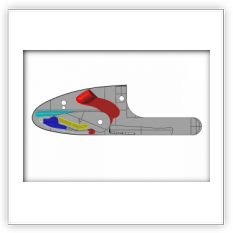The mechanics - fllirizzini English version
Main menu:
The mechanics
Translator
The back action lock
The back-action mainspring lock always had some drawbacks , which nobody has resolved completely.
Those shortcomings are:
- Lack of rebound
- The angle between sear axle and tumbler axle is different from the ideal 90°.
- The length of the mainspring is much shorter compared to a bar action sidelock.
- The bridle is attached by screws and therefore subject to potential movements.
- The difficulty to shape the sideplates elegantly due to the position of the mainspring.
Our sidelock eliminates all these problems:
- It incorporates rebound, thus facilitating the retraction of the firing pins and avoiding difficult barrel opening.
- The particular geometric positioning of the mainspring respects the mentioned ideal angle of 90° and being longer than usual the opening of the barrels is done with ease and the locktime is very short.
- The bridle is integral with the lockplate, guaranteeing absolute stability.
- Finally the positioning of the mainspring allows for an elegant shape of the sideplate, similar to a bar-action lock.
Having elevated in this fashion the back- action sidelock to the level of the bar action sidelock we went one step further.
To all sidelocks there is an intrinsic peculiarity:
The sear is attached to the tumbler, whereas the interceptor is ready to catch the tumbler/hammer in case of accidental jarring- out of the notch.
The interceptor is ready to catch the hammer, the probability to accomplish this successfully is not 100%. A violent deceleration of the gun (fall) could therefore lead to accidental discharge.
In our lock we eliminated that possibility: the interceptor rotates in a perpendicular plane to the one in which the sear rotates. A simultaneous movement of interceptor and sear is therefore impossible.
But the main innovation consists in the fact that the interceptor is already engaged when the hammer is armed.
Only pulling the trigger will cause the gun to fire. The interceptor functions as second sear.


